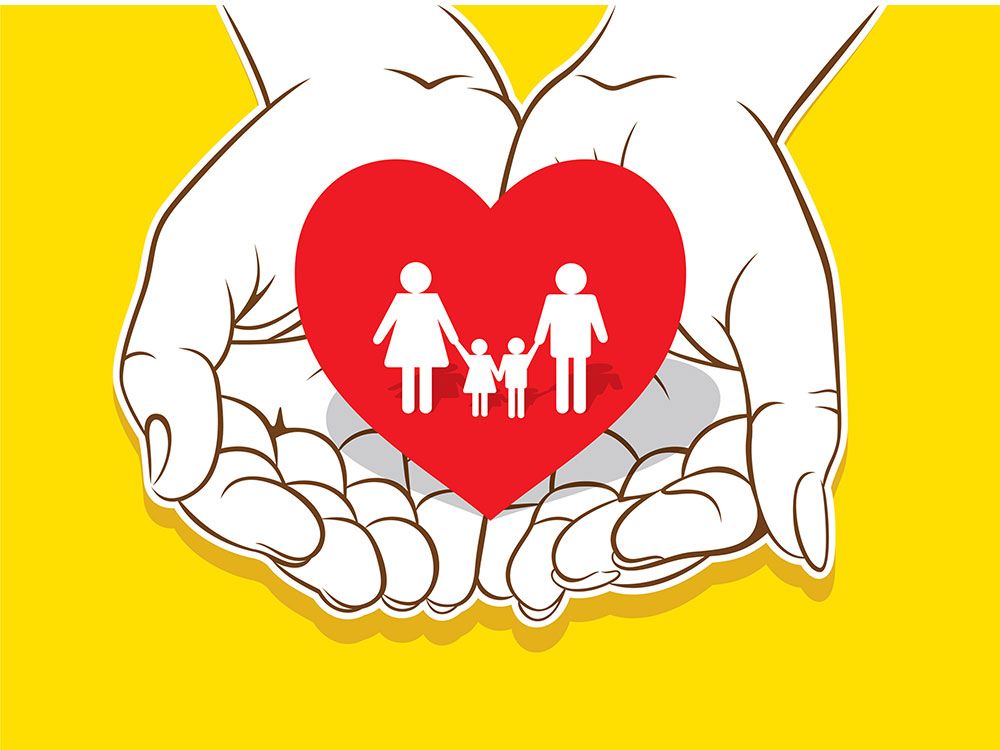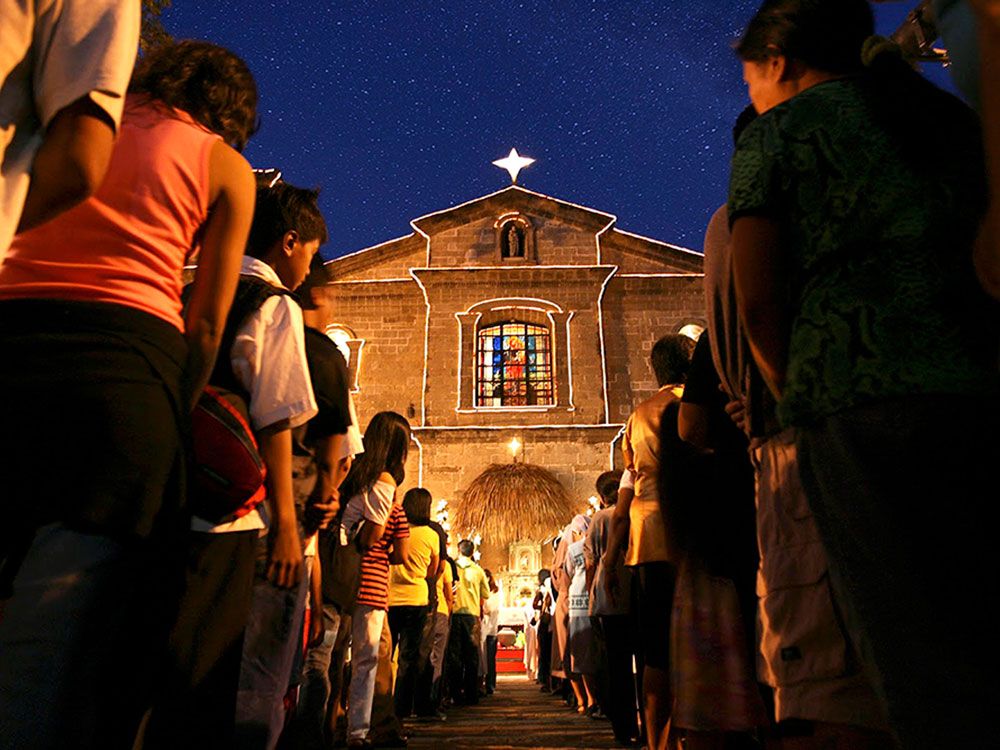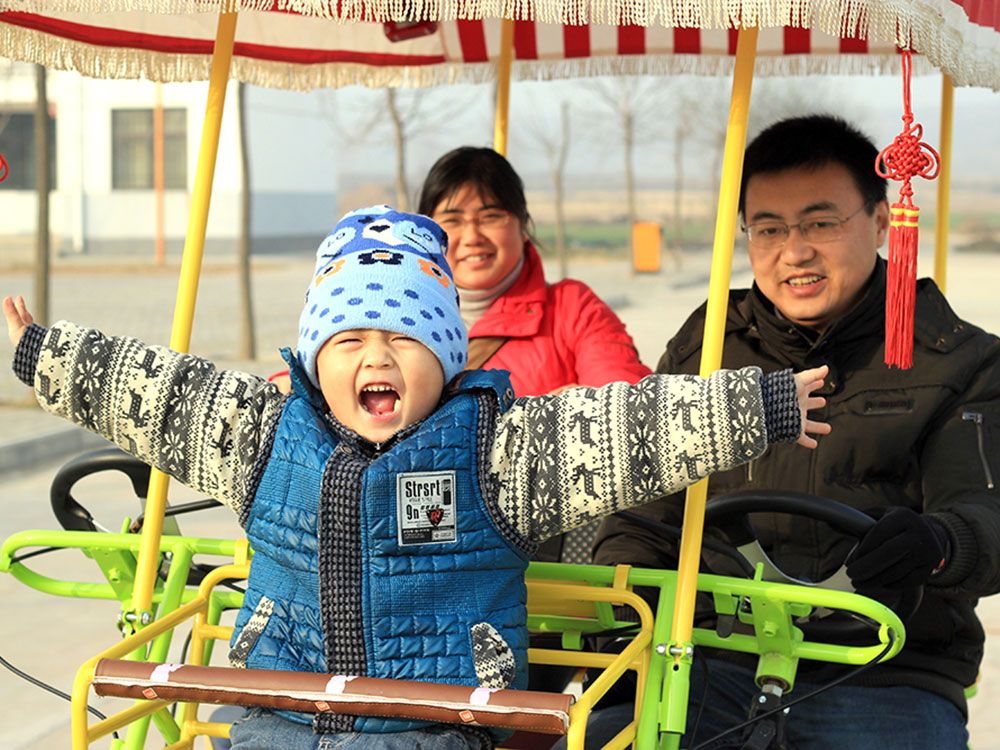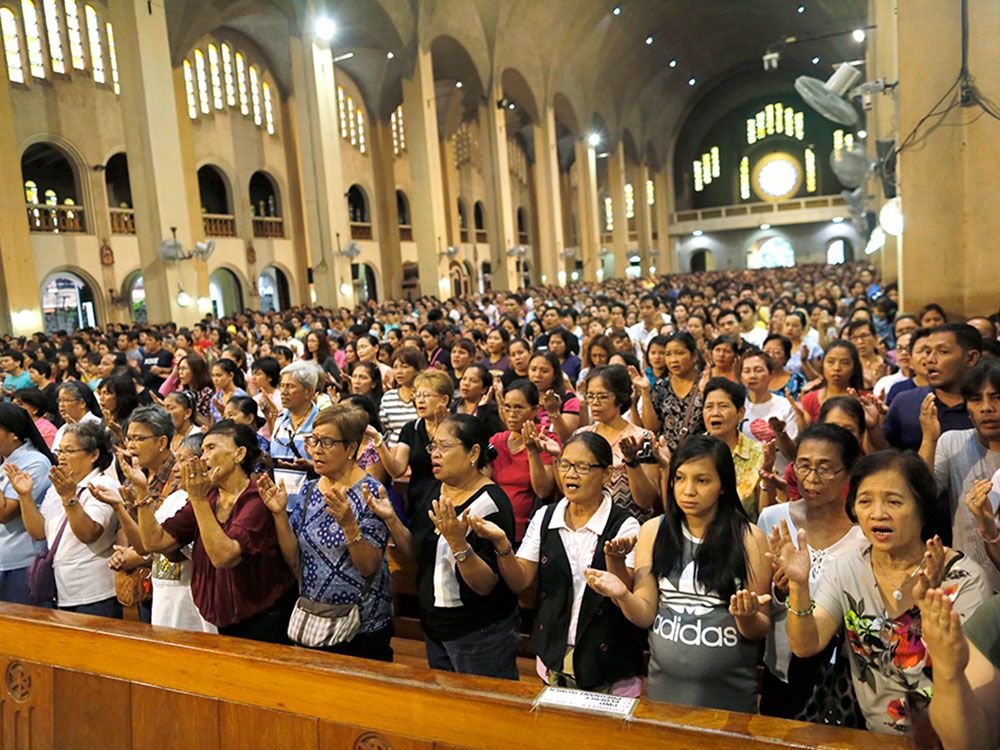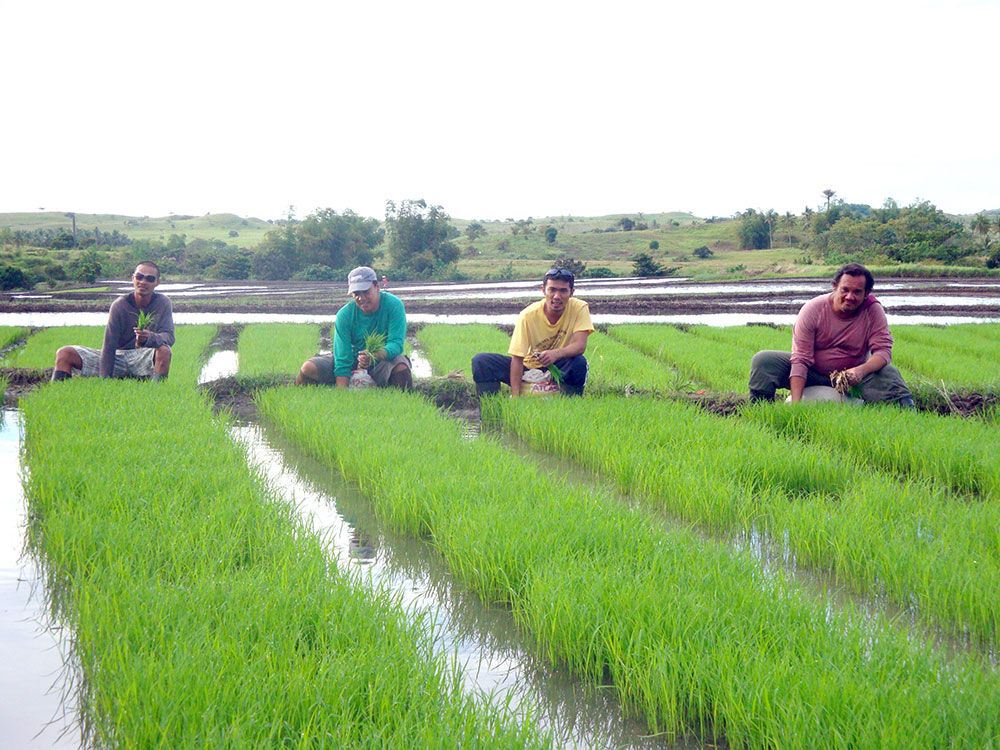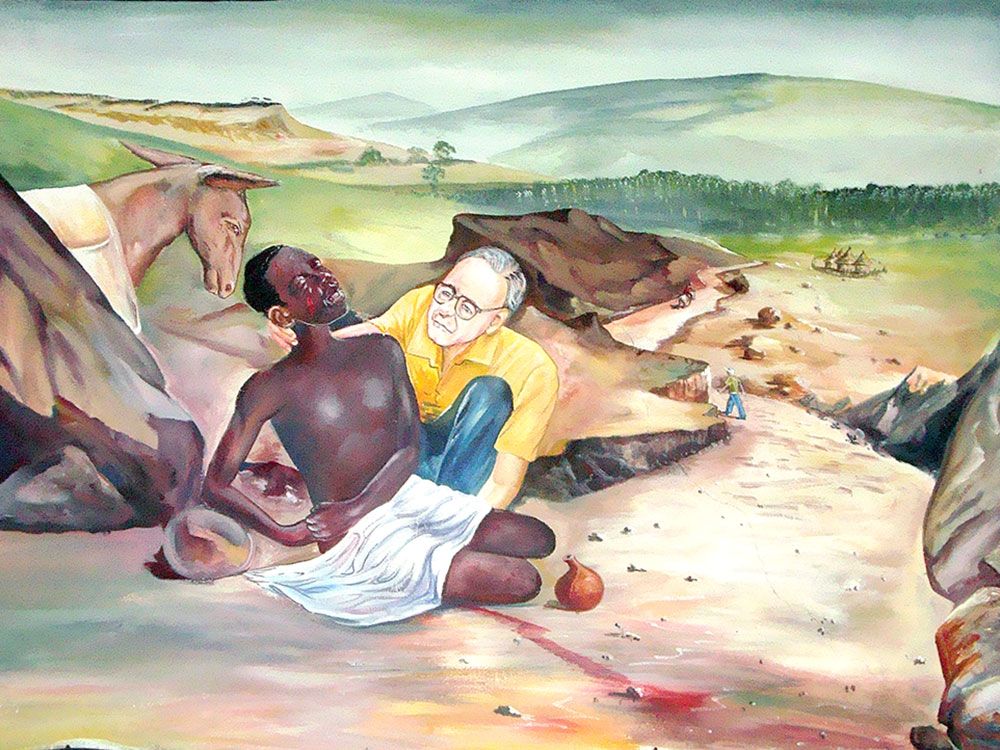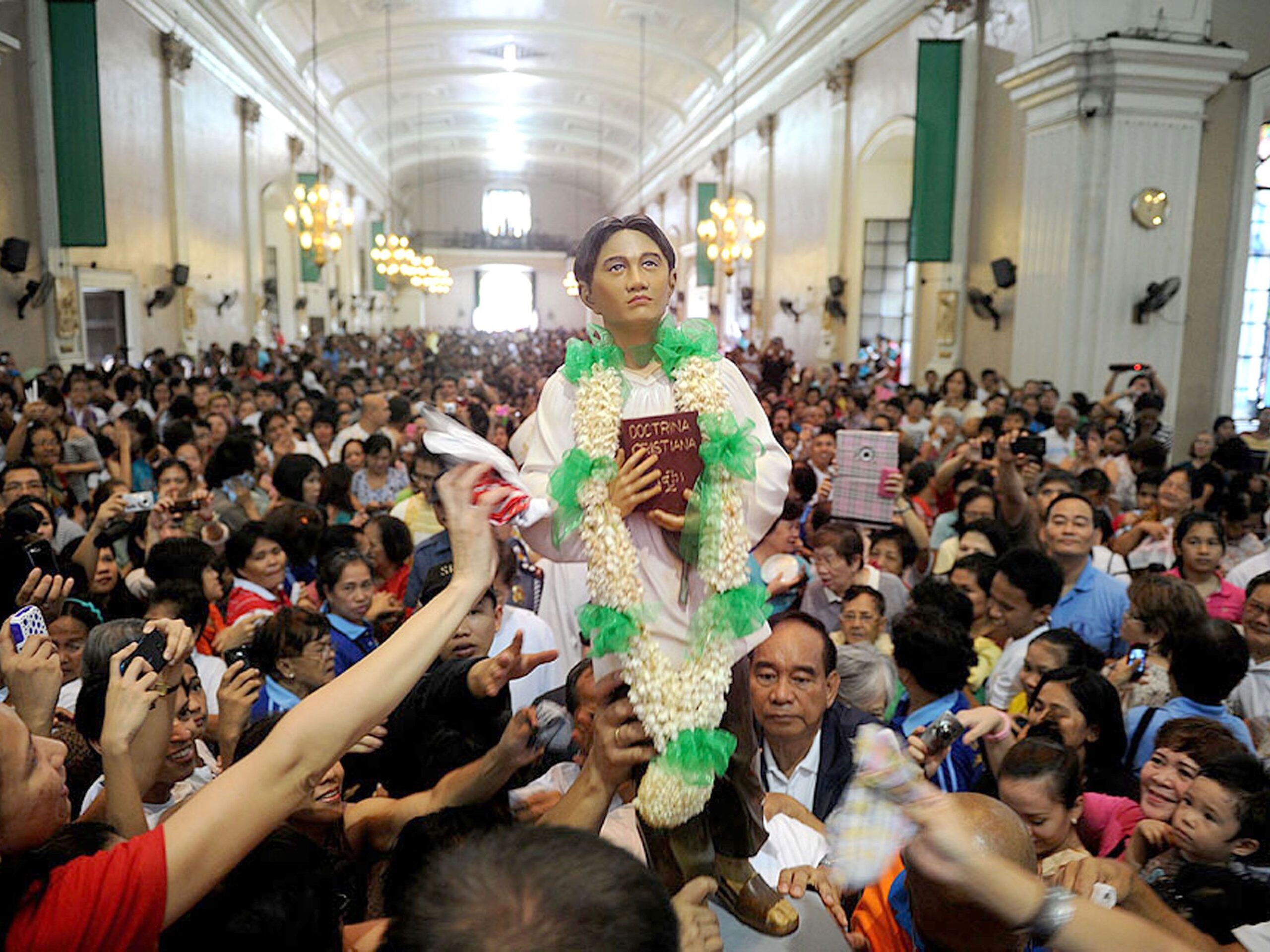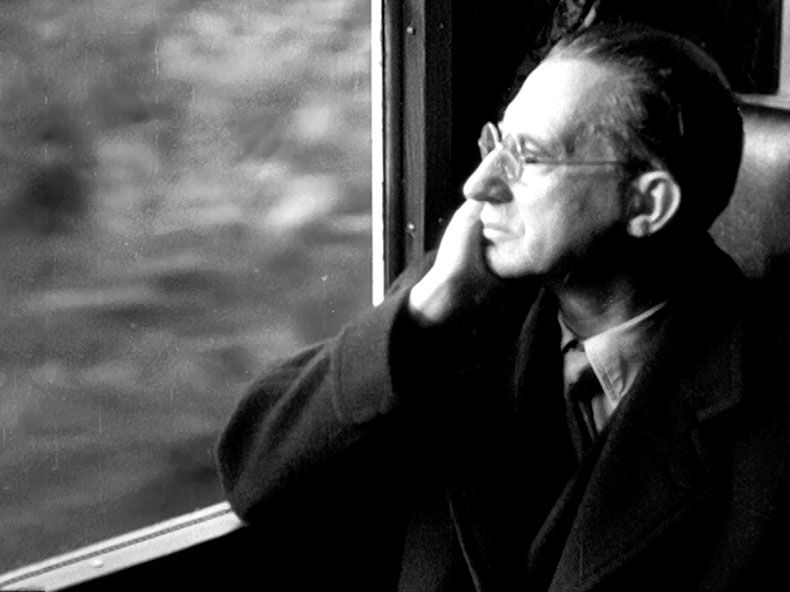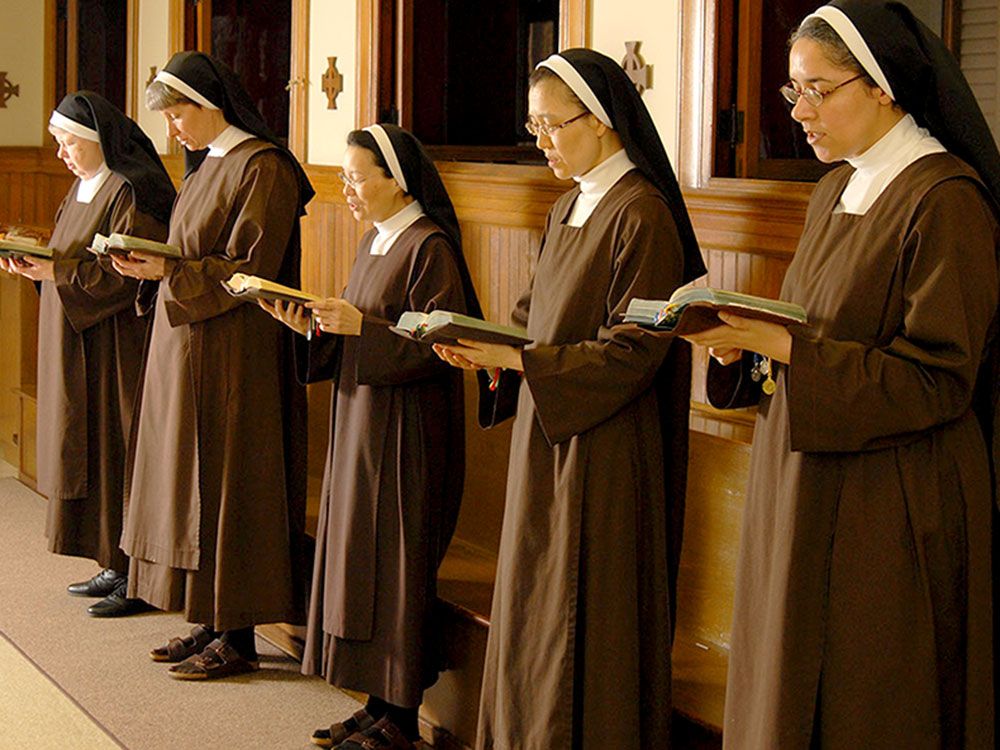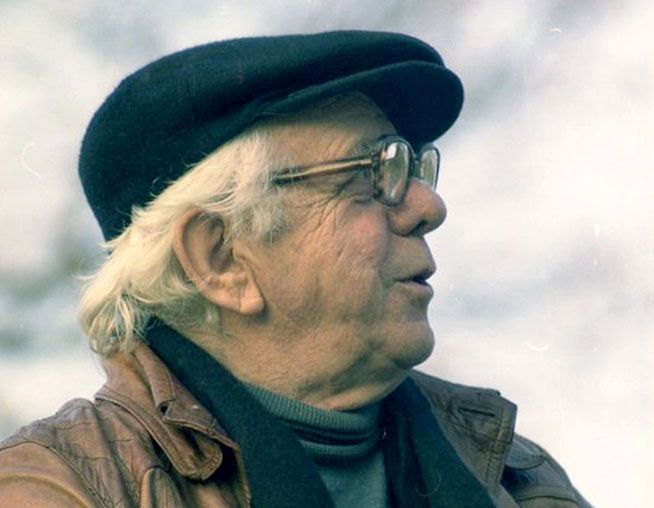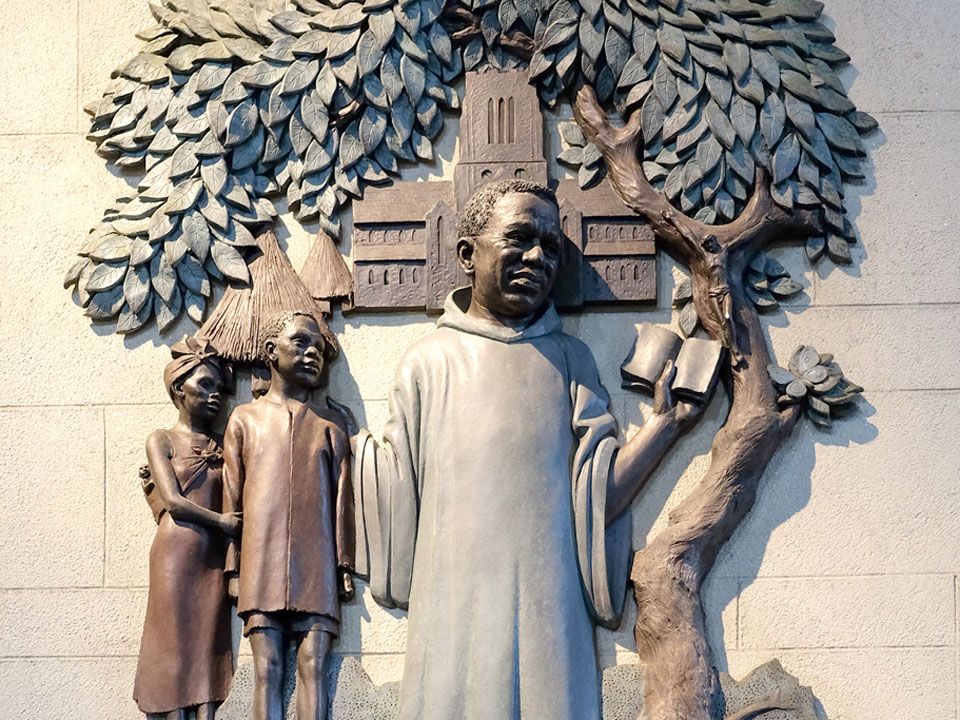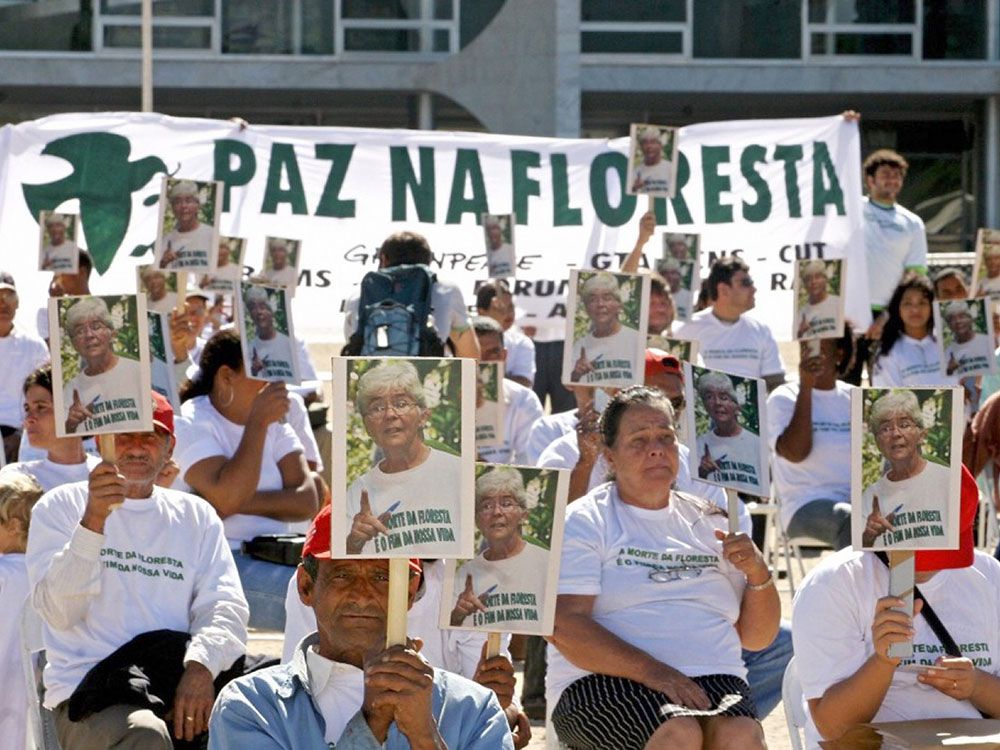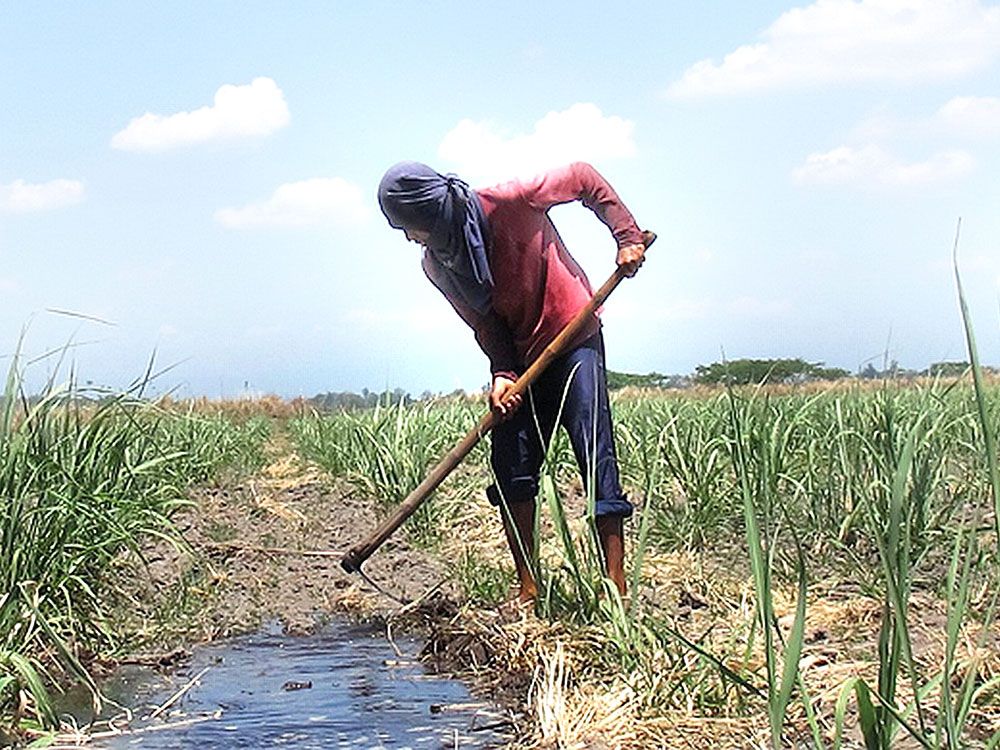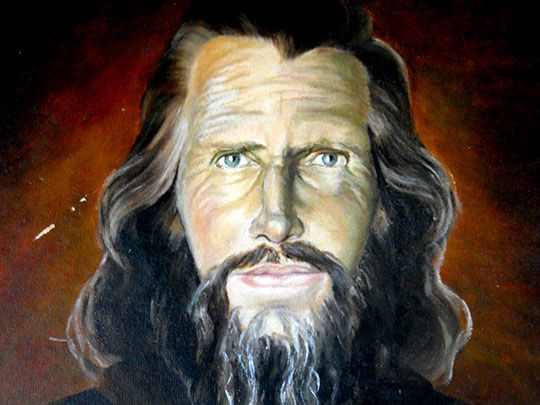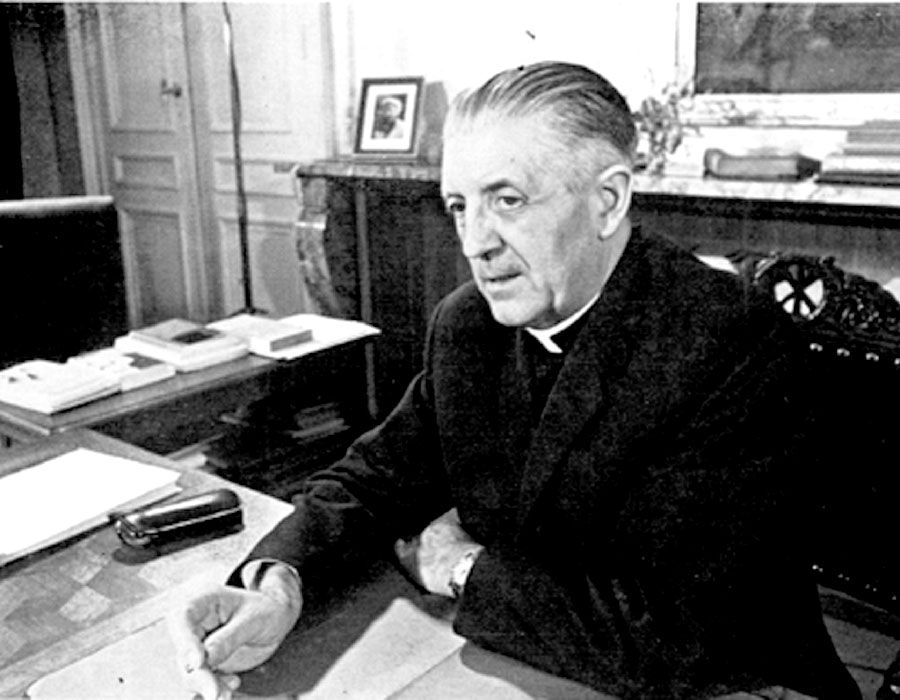The hall of the Saint Cajetan Cultural Center at Padua, Italy, was packed with people, on November 11, 2010, on the occasion of the visit of the President of the Republic of Italy, Giorgio Napolitano, for the 60th anniversary of the foundation of “Doctors with Africa CUAMM.” The President described the work of “Doctors with Africa CUAMM” as a patrimony of six decades of generosity and dedication.
The most solemn moment took place at Padua University Hall with the conferring of the honoris causa degree in human rights to the priest who, for many decades, embodied the extraordinary performance of the CUAMM: Msgr. Luigi Mazzucato, director of the organization from 1955 to 2008. Present in spirit was the founder, Dr. Francesco Canova, whom the Lord called to himself in 1998 at the ripe age of 90.
The coming of the highest Italian authority was a public acknowledgment that rewarded the “Doctors with Africa CUAMM,” an organization that time has confirmed and sealed as a true Gospel initiative. The Gospel is carved in the heart of “Doctors with Africa CUAMM” in its very motto: Euntes, curate infirmos (Go, and cure the sick) from Matthew 10:7-8, a clear and well-defined mandate, without uncertainty. The motto was chosen by Dr. Canova himself at the very beginning.
The origin of a dream
Francis Canova was born at Schio, Northern Italy, in 1908 to a working class family. His father died when Francis was only 9. The widow, Dalila, with the two orphans, experienced extreme poverty until she was hired as house helper by the owners of the factory who also paid for the education of her two children.
Francis, on his turn, got a scholarship and, as a university student, contributed to his upkeep by working. In 1933, he completed his degree as a medical doctor and immediately looked around to see if he could find service abroad, among the poor.
During his years at the university, he was one of the founders of a charity group named after Saint Vincent de Paul which was caring for poor families at Portello, the most destitute section of the city of Padua. It was in the course of this activity that he met the woman who was destined to become his wife: Regina Dal Zio, whom he called Reginetta (my little queen). She soon joined him in his dream to be a missionary doctor by expressing her will to follow him in the missions once she became his wife.
The opportunity of making the dream come true occurred when an “Italian” hospital was planned in Jordan with the aim of offering medical care to the Bedouins who were the most neglected population of the Middle East. In 1935, Francis volunteered and soon became the medical superintendent in charge of the hospital at El-Kerak.
At the beginning of the year, he left for Jordan, promising Reginetta that he will soon be back to marry her and then he will bring her with him to Jordan. He was soon in charge of the hospital and kept the position for five years until World War II broke out and he found himself a prisoner of the British Government, confined forcibly into a camp until the end of the war.
A patrimony of experience
The work in the hospital soon prospered under his dedicated leadership. The Bedouins saw in him not only the medical doctor but also a kind of witch-doctor capable of curing all diseases and even to guess the right diagnosis without asking the patient. He just loved them and cared for them with all the dedication and commitment he was capable of.
In 1936, he came to Italy to marry Reginetta and, together, they went back to Jordan and to the Bedouins, without even taking time for a proper honeymoon. Dalila, his mother, accompanied them. The years he spent with his wife in the mission, from 1936 to 1939, were the happiest for Francis and his wife. They shared the same humanitarian ideal and had an ardent faith.
They enjoyed being in the Holy Land and visited the Holy Sepulcher and Bethlehem together. Reginetta was an amateur archeologist, having a degree in classic literature and, while there, studied ancient inscriptions and cured some publications on the field. She went back to Italy for the birth of their first daughter, Maria Giordana.
Very soon, Italy, led by the dictator Mussolini, entered into World War II and Francis, being an Italian citizen, was taken prisoner by the British and spent the war years in different camps, always exercising his profession. After the war, he could not go back to his hospital which was still occupied by the British Army and, therefore, he succeeded to work as a doctor in Jerusalem, in the hospital of the Franciscans, the guardians of the Holy Land. In 1947, he returned to Italy for good and exercised his profession in different hospitals and was called to teach Tropical Medicine at Padua State University.
The twelve years in the Middle East constituted for Francis a kind of patrimony from which he would get ideas and images during his whole future professional life and special mission as founder of the NGO “Doctors with Africa.” He wrote: “I have always experienced in myself the duty of exercising the medical profession. Mine has not been a choice but rather a gut urge…My place had to be in those distant lands, among those people.”
In 1949, his second daughter, Anna, was born, and a new bishop was installed at Padua, a son of Francis of Assisi, Msgr. Jerome Bortignon. It is from the collaboration of Dr. Francis Canova and his new bishop that Francis’ dream became a reality.
Champion in personal relationships
“Doctors with Africa CUAMM” was initiated on December 3, 1950 at Padua, in Northern Italy. The first idea was to gather young people who wanted to be missionary doctors and host them during their university studies and train them. The acronym stands for University College for Aspirant Missionary Medical Doctors. The first doctor to obtain his degree was a Nigerian young man by the name of Simon in 1964.
Dr. Canova, after his meaningful experience as a doctor in Palestine and Jordan, had even envisaged a University of Missionary Medicine. He had a prevailing interest for the human formation of the candidates more than fostering development in the field. This brought him in partial opposition with the priest director and this explained the fact that he never went to Africa but he knew how to accept changes and had a very detailed knowledge of the people and of the projects. He died at 90 in 1998.
Until a few days before his death, he used to ride his bicycle to attend evening Mass at the College. He had a great capacity for personal relationships: at Easter and Christmas, he used to send to the volunteers in the field gifts of books that he had painstakingly chosen for them in the bookshops. This was in addition to an extraordinary voluminous correspondence that he was keeping with them even in the last years of his life.
A worldwide dreamer
Francis Canova was a dreamer of world dimension. He has been the pioneer of the international voluntary service which later became widespread in the last decades of the 2oth century. But also in the life of the Church, he has pioneered the participation of the laity, both single Christians and married couples, to the mission ad gentes.
Of great present day importance is his image as citizen of the world, sharer of the Gospel message, which made him look at every country, with its problems and riches, as his own country. An all-round personality, Francis Canova, in addition to his professional passion for curing the sick and pioneering in voluntary service, was also a singer of the feminine beauty which he experienced in the satisfying matrimonial relationship with his beloved Reginetta.
Canova was a natural-born writer: he liked brevity and a sententious way of expression, he was attracted by paradoxes. He declared that he felt himself to be more of physician than a writer but, in fact, besides the articles about his specialization ( medical and clinical pathology), he published 33 volumes of different sizes, popularizing a medicine befitting different stages in life and Christian pedagogy.
Finally, we have to recognize the spontaneity by which Dr. Francis was a promoter of the women voluntary service, something which was still unknown in Italy but which soon blossomed not only in Italy but everywhere.
Saint John XXIII and Vatican II
Doctor Francis had his own idea, both Christian and humanitarian, of the medical profession and this idea came to full maturity during the time of Saint John XXIII and Vatican II. He saw the medical profession as an associate of Christianity and considered it to be a lucky profession and a blessing for a Christian, as well as for a committed man or woman.
He used to say that the life of a missionary doctor is beautiful even from a simply human point of view. Dr. Francis Canova is perhaps the most convincing figure of a Christian doctor whom Italy had in the 20th century. He saw in Jesus, who was moving about Galilee, Judea and Samaria, healing people, the most perfect example of a doctor and he was proud to have highlighted this aspect of Christ’s person.
For Francis, the skill of a doctor was, first of all, that of consoling. This is what he confided to his daughter Giordana. He embodied the type of physician who aims at curing the sick person, not only the sickness. Essential to this purpose was the personal relationship of the doctor with the patient. He was convinced that the soothing conversation of the doctor with his patients was the best way of helping them to overcome feelings of dissatisfaction and restlessness which often afflict them even after a successful therapy.
The root of a great tree
The first NGO specialized in the health sector to be recognized in Italy, “Doctors with Africa CUAMM” is now the biggest Italian health organization for the promotion and protection of the health of the African populations. It implements long-term interventions, even in areas which are war-torn or facing a humanitarian crisis. It operates at all levels of the health system, from mobile clinics to universities, offering high quality services accessible to all. To this aim it commits itself, in Italy and in Africa, to the formation of the human resources dedicated to scientific research and implementation of health cooperation. It campaigns for the affirmation of the basic human right to health for all, even the most marginalized groups, promoting the values of solidarity, cooperation between peoples, justice and peace in the institutions and in the public opinion at large.
During these 66 years of existence, the organization had sent more than 1,200 doctors to Sub-Sahara Africa as well as 240 volunteers: nurses, technicians, etc…270 medical students, from 35 countries of the developing world, were hosted during their university studies. At present, the CUAMM operates in Angola, Ethiopia, Kenya, Mozambique, Uganda, Tanzania and Rwanda, in 16 hospitals started or run by the organization, employing, every given year, around 80 people, not only medical doctors but also nurses, physiotherapists and administrators.
The “Doctors with Africa CUAMM” have produced some heroes who have given their lives in the field of duty: the most prominent is Doctor Maria Bonino, struck to death by Marbourg fever in Angola in 2005 while assisting the children threatened by the same disease. This is the huge tree that has developed from the root of Dr. Francis Canova’s dream.




